Portraits
The expertly handcrafted portrait is itself a symbol of wealth. It was the only way to record someone’s appearance before photography. Artists were commissioned to create portraits by wealthy patrons, often at significant times of life such as a marriage or elevation of office.
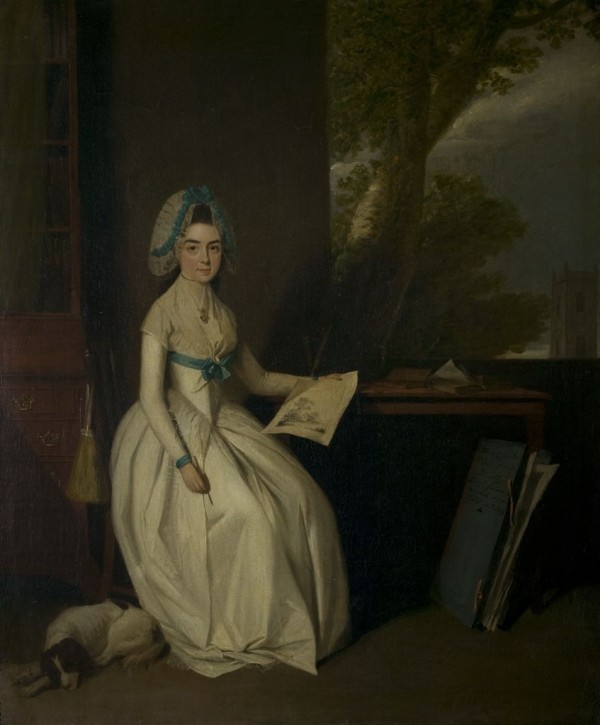
Portrait of Mrs Martha Nichols. Oil painting by Francis Towne (1740?-1816).
Martha Nichols (1756-1788) was the daughter of William Green of Hinckley. She married John Nichols on the 11th June, 1778 at St. Mary’s Church in Hinckley. John Nichols was an author and editor who owned one of the largest printing houses in London. He published agenda papers and journals for the House of Commons, the Society of Antiquaries and the Royal Society. He also published books on topography, antiquities and ancient legends of England including the ‘The History and Antiquities of the County of Leicester’ completed in 1815.

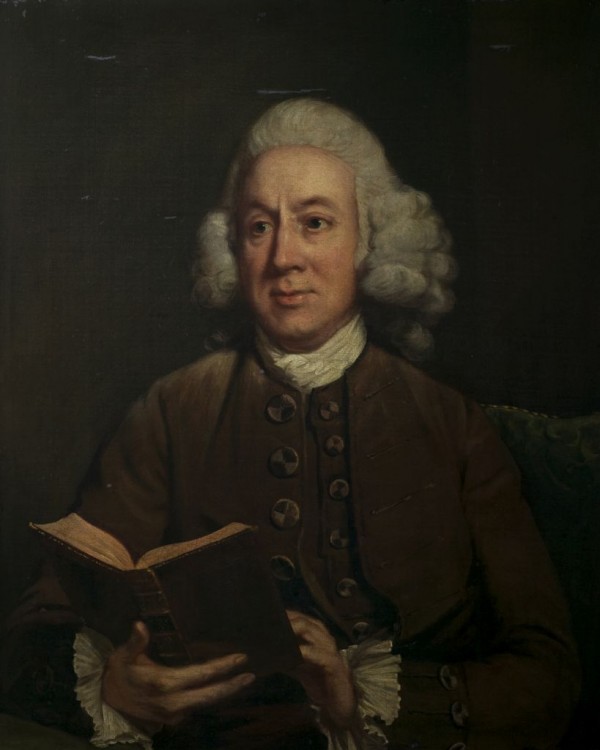
This portrait of botanist Richard Pulteney was painted in 1788 by Thomas Beach (1738-1806). Beach was a respected portrait painter who worked in both London and Bath and exhibited work at the Royal Academy.
Richard Pulteney (1730-1801) was known as 'the pioneer of Leicestershire botany'. Born in Mountsorrel, Loughborough, he went to Edinburgh University and became a medical doctor, then worked in Leicester as a surgeon. His botanical studies were centred on Loughborough. In 1747 he published ‘A Catalogue of Plants in the Neighbourhood of Loughborough’ which lists plants in Charnwood. He provided the first records of nearly 600 species recorded in the 1886 ‘Flora of Leicestershire’, out of total of 891.

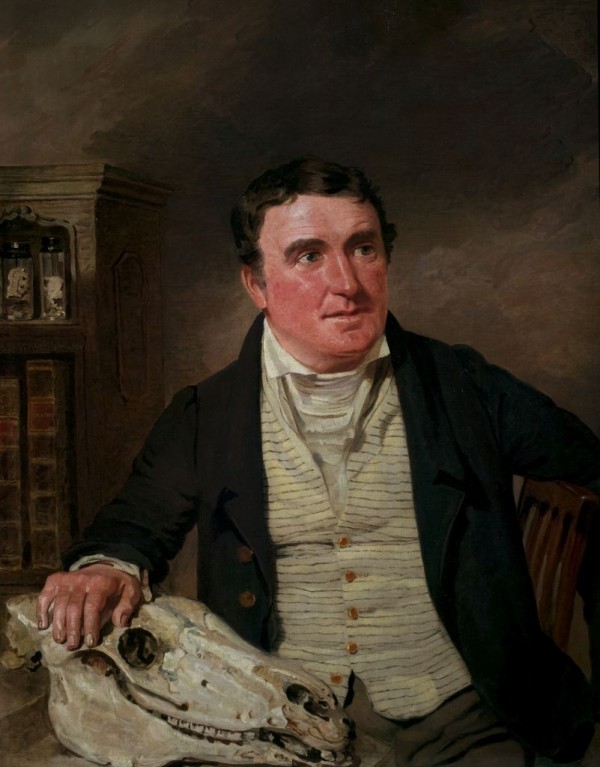
Dr John Bowles (1765-1834). Oil painting by Benjamin Marshall, 1825.
John Bowles (1765-1834) was a veterinary surgeon who qualified from The Royal Veterinary College London in 1798. He worked in Cambridge and Newmarket, aiding the horses of both the poor and the wealthy. The painting was in the collection of the Bowles family until 1971 and purchased by Leicestershire Museum Service in 1972.
Ben Marshall was born at Seagrave but spent most of his career in London from 1791 onwards. At the height of his career, in 1800, he exhibited at the Royal Academy though he never became an Associate. In 1801 the young John Ferneley became his apprentice for three years.


John Wycliffe, Rector of Lutterworth 1376-1384. Oil painting by an unknown artist.
John Wycliffe (1330-1384) was a leading philosopher and theologian at Oxford University, but he was also an influential religious rebel. Believing scripture to be more important than the Pope and the Church he and his followers, the Lollards, attacked many Catholic practices. Wycliffe famously translated the whole Bible into English, despite opposition from the Church, making it accessible to all. But he died before the translation was finished so could not be convicted of heresy. However, the Church never forgave him and in 1428 Wycliffe’s body was exhumed, his remains burnt and the ashes strewn into Lutterworth’s River Swift.
From 1374 to 1384 Wycliffe was rector of St Mary’s Church, Lutterworth, where it’s believed he produced his first Bible translation.

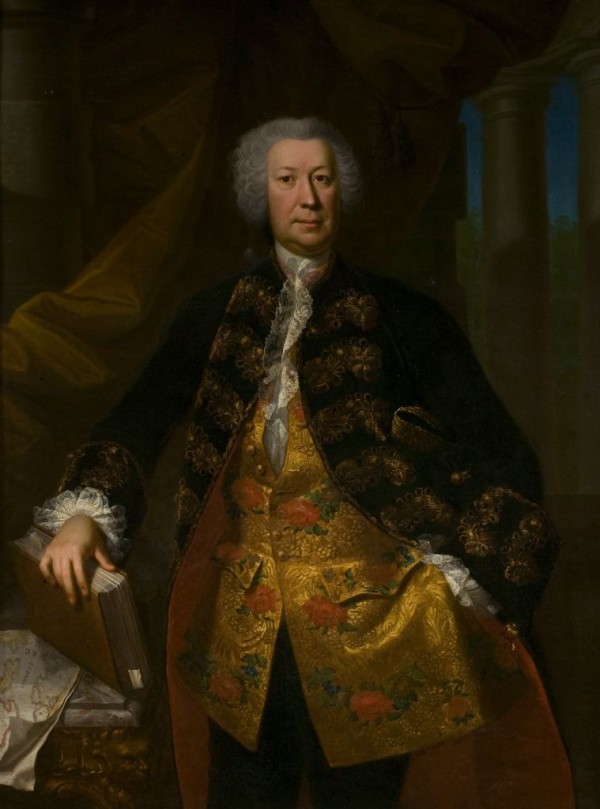
Ambassador John Burnaby. Oil on canvas. Attributed to Emmanuel Jakob Handmann, after Pompeo Battoni (Swiss 1718-1781).
John Burnaby was the eldest son of John and Clara Burnaby of Kensington. In 1743 he became the Minister to the Swiss Cantons and held that office until 1749. He was also secretary to Earl Waldegrave, when ambassador at the court of France.
Ambassador John Burnaby is one of the Burnaby’s of Broughton Hall in Oxfordshire, a branch of the family only distantly related to the Burnaby’s of Baggrave. The owner of Baggrave may have purchased this portrait when Broughton Hall was sold.

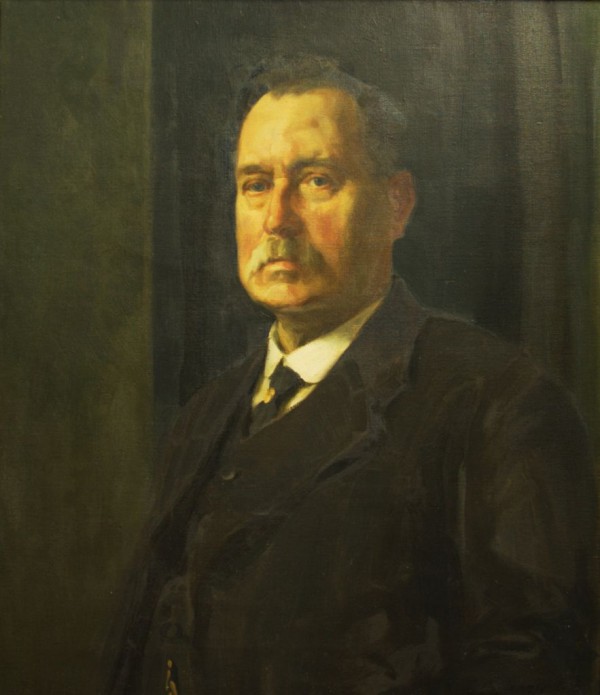
Levi Lovett. Oil painting by an unknown artist
Levi Lovett (1854-1929) was a founder of the Leicestershire Miners’ Association (L.M.A.) and held both the position of President and Miners Agent and Corresponding Secretary. His work improved wage and welfare for Leicestershire Miners. On his retirement in 1924 he was presented with this portrait and an illuminated certificate in recognition of his services to the Miners of Leicestershire.

